History of YCAM
Pre-opening
May, 1988 — November, 2003
1988
The Ministry of Posts and Telecommunications announces aconcept for revitalization of communication of regional information(incubation concept). Inquiry conducted in relation to the creation of zones with an information function in Yamaguchi City(-March 1989).
1989
Finalization of Fourth Yamaguchi City Comprehensive Plan[establishment of information,business and cultural zones and positioning of the Cultural Exchange Plaza (provisional name) ].
1993
Finalization of the Yamaguchi Media and Culture City Basic Plan.
1994
Finalization of the Cultural Exchange Plaza (provisional name) Basic Concept.
1996
Establishment of the Yamaguchi City Foundation for Cultural Promotion
Finalization of the Cultural Exchange Plaza (provisional name) Basic Plan.
Architectural proposals for the preliminary design. (Agreement concluded with Arata Isozaki Atelier in November.)
1998
Announcement of Cultural Exchange Plaza(provisional name) Prelimary Design.
Inaugural meeting of local research group for Cultural Exchange Plaza (provisional name) soft planning (held a total of 16 times).
1999
Cultural Exchange Plaza(provisional name) soft planning report released.
First symposium “A town that creates comes alive” held.
Proposal for review of the Cultural Exchange Plaza(provisional name)Basic Plan released.
Little Plaza public forum held.
Second symposium held. "Information,culture and revitalization of the regions" lecture and panel discussion held.
Decision for a simultaneous upgrade of the Cultural Exchange Plaza(provisional name)and the Municipal Library.
2000
Nakazono Cultural Institute planning and operations council meeting established (held a total of five times thereafter).
Nakazono Cultural Institute "information and opinion exchange" meeting established (held a total of seven times thereafter).
Preliminary design approved at the fifth Nakazono Cultural Institute planning and operations council meeting and finalized at city council meeting.
Planning and operations meeting established (held a total of three times thereafter).
2001
Design for the Nakazono Cultural Institute finalized. Name decided on for the facility is the Yamaguchi Center for Arts and Media.
Construction of the Yamaguchi Center for Arts and Media and commencement of the upgrade of Yamaguchi Central Park.
2002
Cornerstone-laying ceremony for the Yamaguchi Center for Arts and Media.
New mayor orders construction of the Nakazono Cultural Institution to be temporarily suspended.
Meeting of the Citizens’ Review Committee held (held thereafter a total of eight times by July).
Submission of Citizens' Review Committee's proposal. Report from the City Council, construction restarted on 24 July.
Finalization of basic plan for Yamaguchi Center for Arts and Media.
2003
Yamaguchi Center for Arts and Media completion ceremony.
Post-opening
November, 2003 —
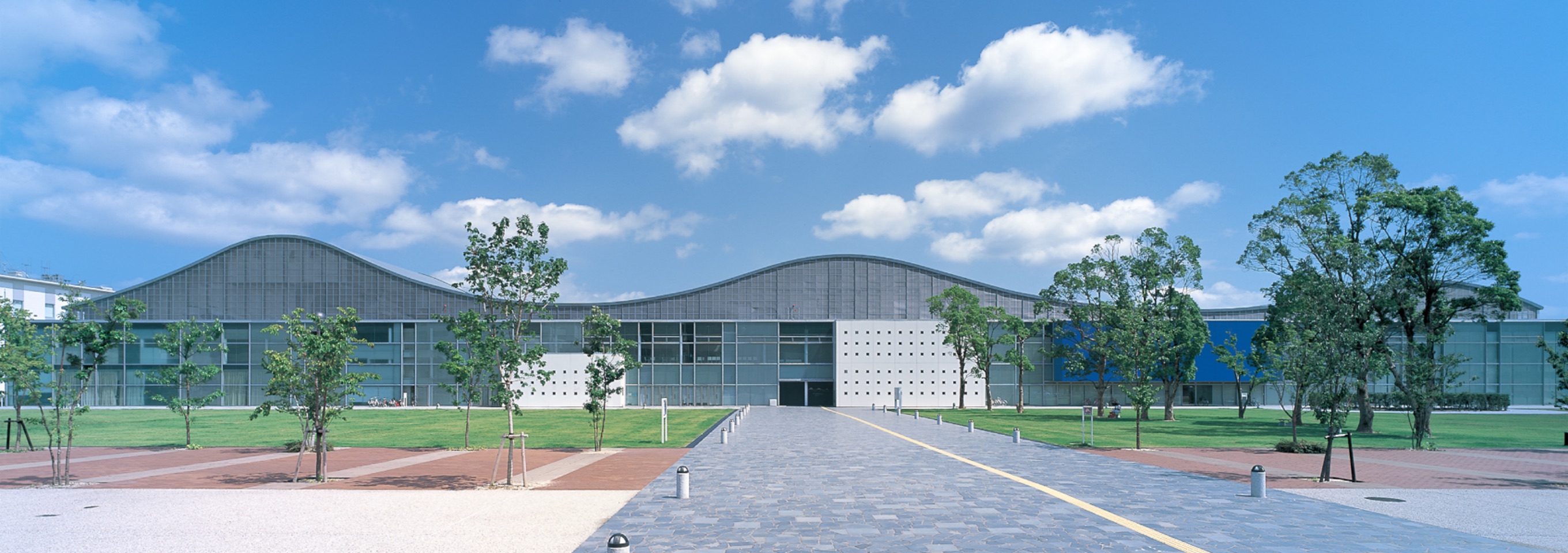
2003
Yamaguchi Center for Arts and Media opens.
2004
The number of YCAM visitors since opening reaches 1,000,000.
2005
Toru Yamamoto is appointed General Director of the Yamaguchi Center for Arts and Media.
The adjacent towns of Tokuji (Saba District), Aio, Ajisu and Ogōri (all Yoshiki District) are merged into Yamaguchi, marking the start of a new generation for Yamaguchi City.
2006
The number of YCAM visitors since opening reaches 2,000,000.
2007
Akeo Adachi (formerly Director of the Hagi Uragami Museum, Yamaguchi) is appointed Director of the Yamaguchi Center for Arts and Media.
The number of YCAM visitors since opening reaches 3,000,000.
2008
Start of the YCAM 5th Anniversary Program. (-March 2009).
The number of YCAM visitors since opening reaches 4,000,000.
YCAM wins the Public Buildings Association’s highest Public Buildings Award in the Cultural Facilities section (given by the Minister of Land, Infrastructure, Transport and Tourism).
2009
2010
Integration of the town of Ato into Yamaguchi City.
The number of YCAM visitors since opening reaches 5,000,000.
The exhibition “Cloud Forest” by Fujiko Nakaya and Shiro Takatani is held as part of a program celebrating the 650th anniversary of the establishment of Yamaguchi Prefecture, and the 300th anniversary of the restoration of Yuda Onsen.
2011
The Yamaguchi City Foundation for Cultural Promotion is turned into a Public Interest Incorporated Foundation.
The number of YCAM visitors since opening reaches 6,000,000.
The videodance piece ”Choreography filmed: 5days of movement” unveiled by Tsuyoshi Shirai earlier this year is one of the Jury Selections in the Art Division of the Japan Media Arts Festival.
2012
The “Korogaru Koen”, a park style playground for children, is unveiled. In addition to Yamaguchi, updated versions in the “Korogaru Koen” series are subsequently implemented also in Sapporo and Tokyo.
Four YCAM workshops for kids receive the Minister of Economy, Trade and Industry Award, the highest prize given as part of the Kids Design Association’s Kids Design Award.
Joint research and development project "TECHTILE" by YCAM and Keio University wins the Japan Institute of Design Promotion’s Good Design Award.
The number of YCAM visitors since opening reaches 7,000,000.
Seiko Mikami’s installation “Desire of Codes”, first unveiled in 2010, wins a Grand Prize in the Art Division of the Japan Media Arts Festival. exonemo’s installation ”The EyeWalker”, and ”skinslides“ by newClear (Richi Owaki), unveiled in 2011 and 2009 respectively, are both included in the Jury Selections in the same division.
2013
The YCAM 10th Anniversary Program “Art and Environment for Tomorrow” starts under the artistic direction of musician Ryuichi Sakamoto. A total of about 300,000 visitors are counted until the program’s end in March 2014.
“Sports Time Machine”, a project by Hiroshi Inukai and Ryoko Ando that was first introduced at the YCAM 10th Anniversary Program, wins an Excellence Award in the Japan Media Arts Festival’s Entertainment Division. The “Korogaru Pavilion”, another park style playground produced at YCAM, is included in the Jury Selections in the same division, while the joint research and development project “Reactor for Awareness in Motion (RAM)” by YCAM and Yoko Ando is one of the Jury Selections in the festival’s Art Division.
2014
The number of YCAM visitors since opening reaches 8,000,000.
The YCAM-produced park style playground “Korogaru Pavilion” wins the Kids Design Association’s Kids Design Award.
The "Korogaru Koen" series of YCAM-produced park style playgrounds, as well as the joint research and development project "Reactor for Awareness in Motion (RAM)", both win the Japan Institute of Design Promotion's Good Design Award.
2015
The number of YCAM visitors since opening reaches 9,000,000.
2017
The number of YCAM visitors since opening reaches 10,000,000.
2018
Hajime Masuda is appointed Director of the Yamaguchi Center for Arts and Media.
2020
Tadayuki Miwa is appointed Director of the Yamaguchi Center for Arts and Media.
2021
2022
2024
YCAM Initiatives
-
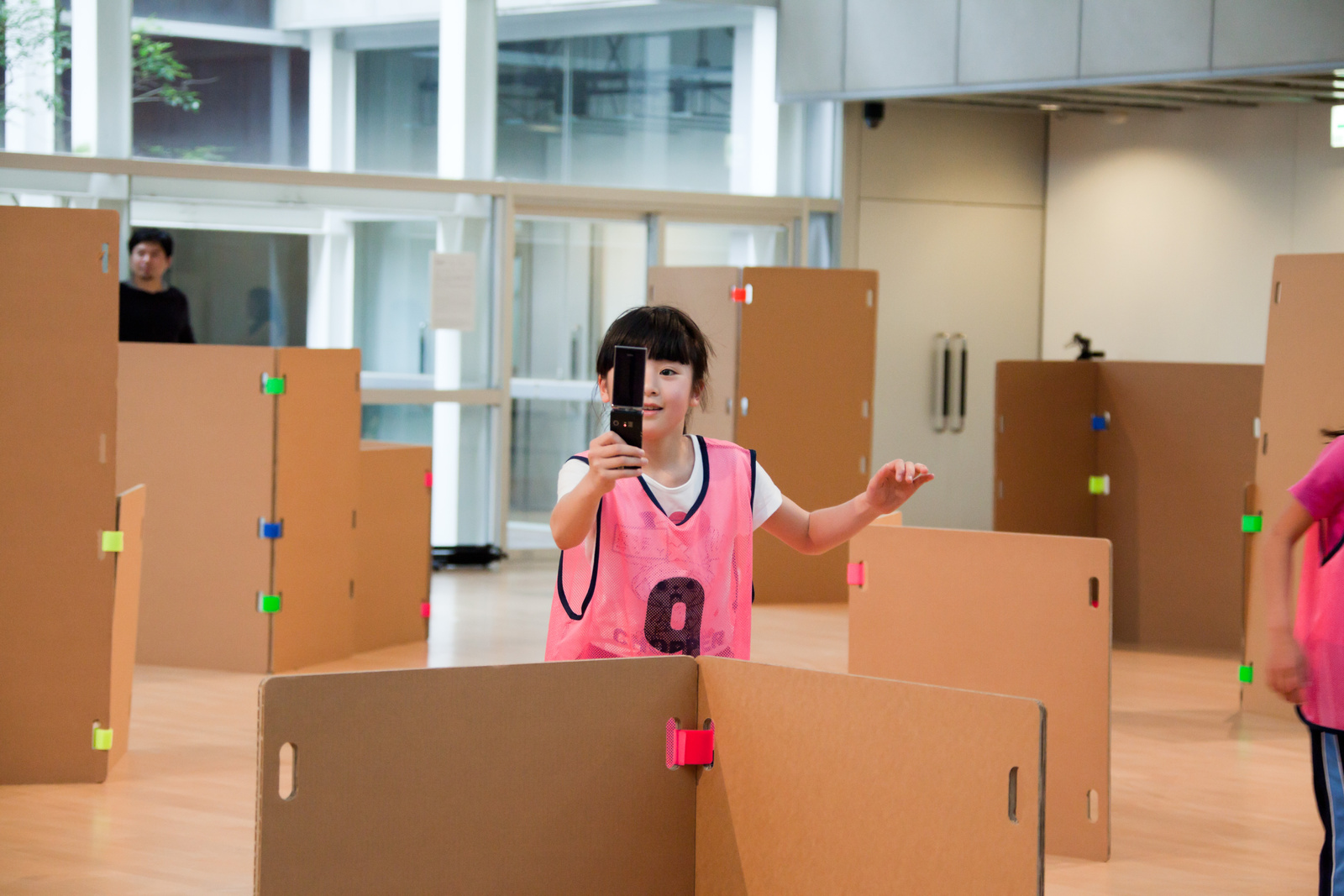
Archives
YCAM has facilitated the development and commercialization of a number of projects, primarily those revolving around R&D (research and development). This page will introduce you to a diverse sampling of the results which this process has produced.
-
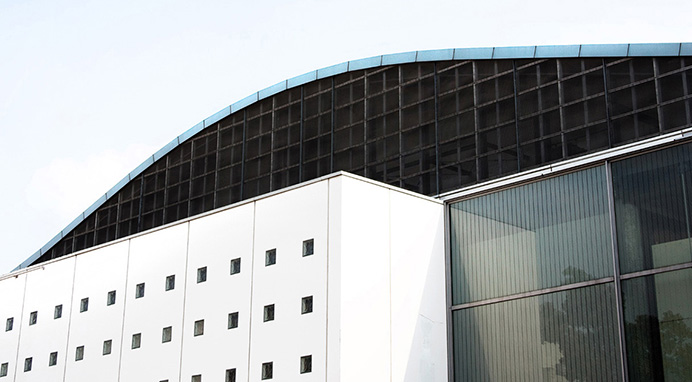
About YCAM
The Yamaguchi Center for Arts and Media, commonly known as “YCAM”, is an art center located in Yamaguchi City, Yamaguchi Prefecture.
-
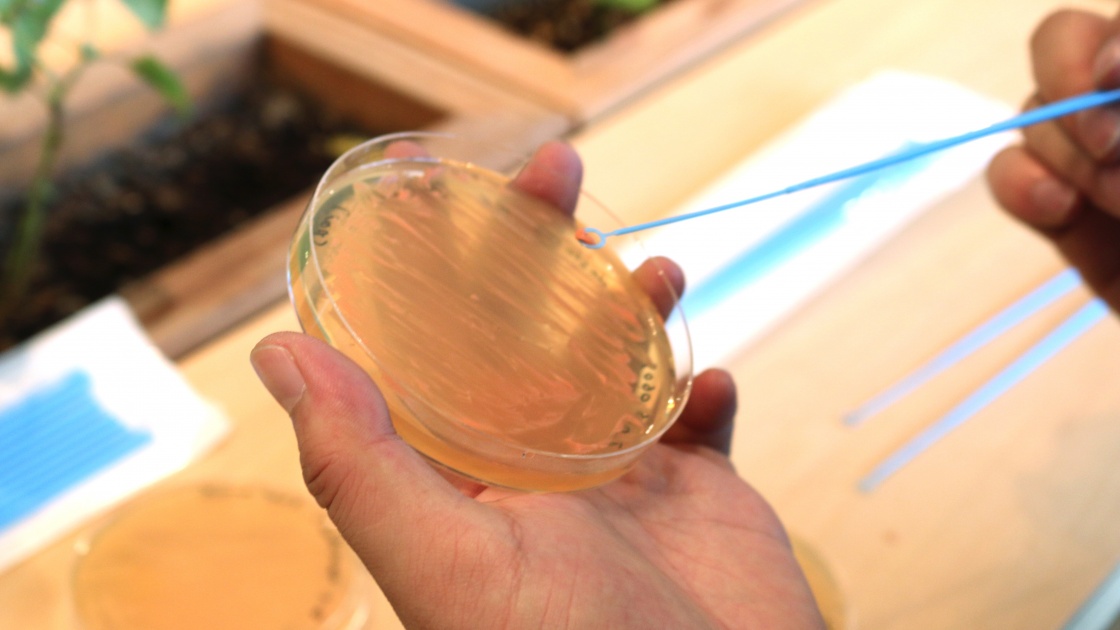
Projects
YCAM undertakes a number of projects whose format adopts an "R&D" (research and development) centered approach.
-
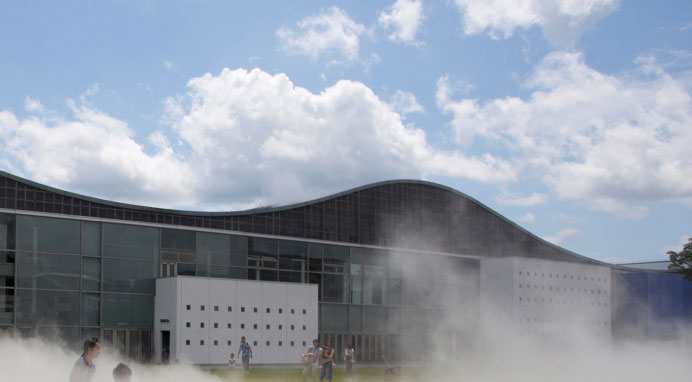
YCAM Interlab
YCAM InterLab is the name of YCAM’s internal research and development team.